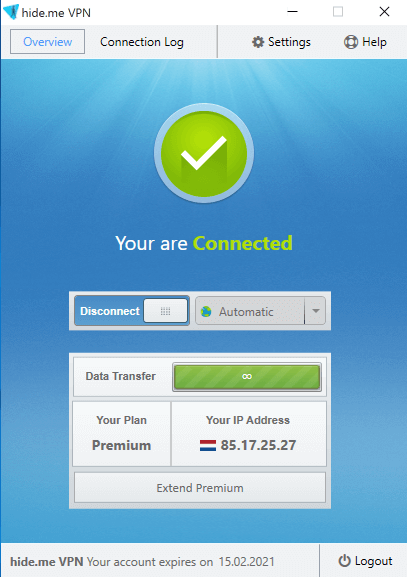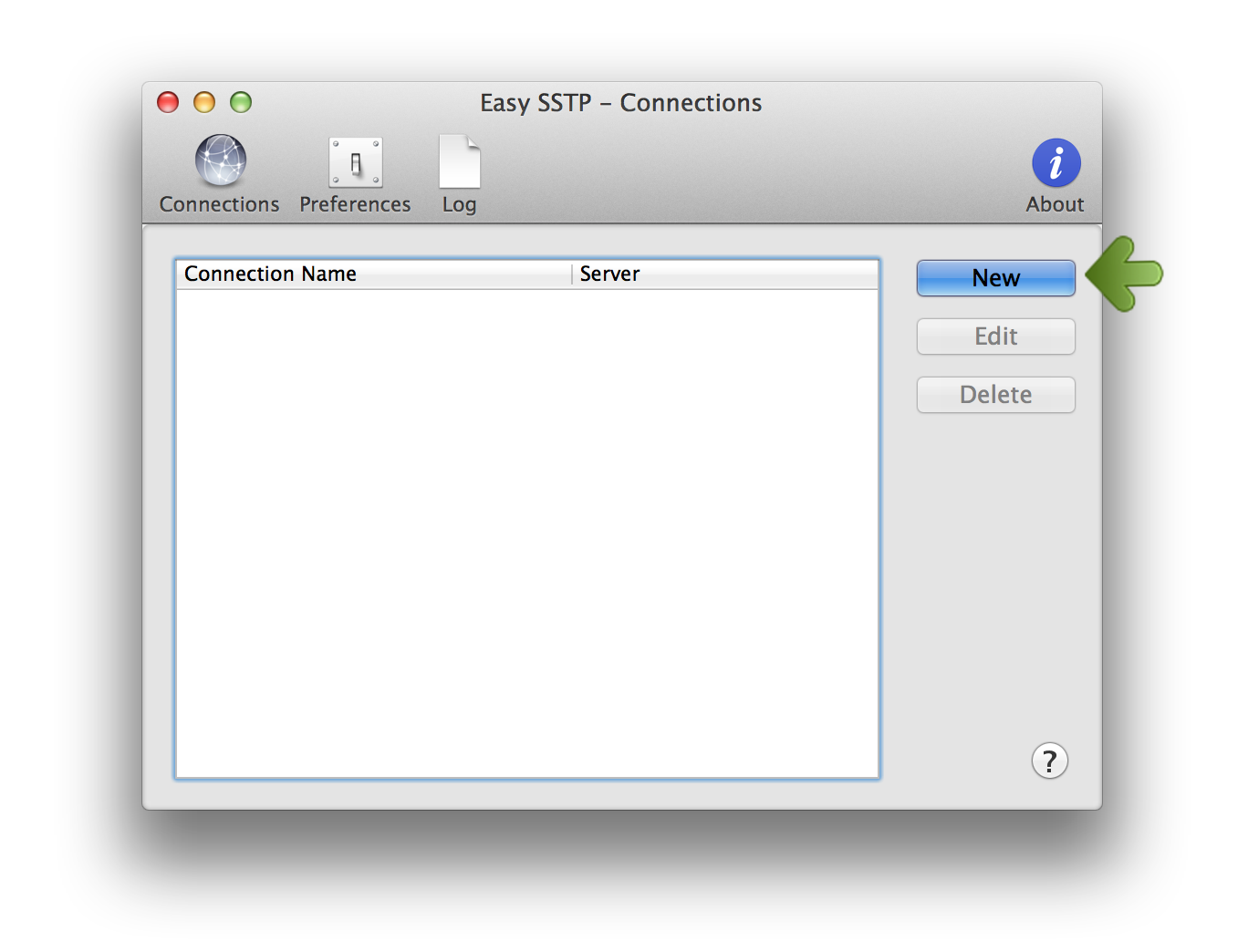
For initial testing though you should probably create a rule to allow all traffic to and from your test client. Using details from this Technet post I created the following custom service object on the Netscreen firewall, and allowed it inbound to the RRAS server (IP protocols 50 and 51, UDP 5). If this is the case you’ll need to grant IPsec traffic access from the public internet.
#Sspt vpn gui client for mac os x how to#
This post will outline how to configure Windows Server 2008 R2’s NPS/ RRAS role to host L2TP/IPsec connections which will allow iPads and iPhones to connect securely into your Windows infrastructure without the need for additional client software.įirstly, it’s likely that your NPS/RRAS server is behind a perimeter firewall. The Juniper Netscreen firewall only supports L2TP with certificates and not Pre-Shared Key so that was also ruled out. I had considered using Apple’s support for Cisco IPsec but that would have meant exposing the core switch where I work. Here’s a concise comparison of PPTP versus L2TP/IPsec which describes that weakness: Judging by what I could find online, most people simply give up and use PPTP instead which has significant security vulnerabilities. All other tradenames are the property of their respective owners.I spent quite a while experimenting with L2TP over IPsec with my iPad 2, and surprisingly found no useful guides as to how to configure it. WatchGuard and the WatchGuard logo are registered trademarks or trademarks of WatchGuard Technologies in the United States and/or other countries. For more information, see Connect from an L2TP VPN Client. If you want to connect to the non-default authentication server, specify the authentication server in the Account Name text box. Select the VPN connection you created in the Network dialog box.Īfter the VPN connection is started, the Connect button changes to Disconnect.For more information, see About Mobile VPN with L2TP User Authentication.
#Sspt vpn gui client for mac os x password#
The user name and password are for one of the users you added to the L2TP-Users group. The name of the VPN connection is the service name you used when you configured the L2TP connection on the client computer. Click Apply to save the configuration changes.Make sure you have imported the certificate to the client device. For more information, see Import a Certificate on a Client Device.Click Select to select the certificate to use.If Mobile VPN with L2TP on the Firebox is configured to use a certificate as the IPSec credential method:.The pre-shared key must match the pre-shared key configured on the Firebox Mobile VPN with L2TP IPSec settings. In the Shared Secret text box, type the pre-shared key for this tunnel.If Mobile VPN with L2TP on the Firebox is configured to use a pre-shared key as the IPSec credential method:.In the Password text box, type the password of the user.In the Account Name text box, type your user name as it appears in the authentication server that you use for Mobile VPN with L2TP user authentication.In the Server Address text box, type the external IP address of the Firebox to connect to.These steps use the default configuration. You can use the default configuration or you can create your own configuration. The settings for the VPN connection appear. In the Service Name text box, type a name for this VPN connection, such as "L2TP Firebox".From the VPN Type drop-down list, select L2TP over IPSec.


To prepare a macOS device to make an L2TP VPN connection, you must configure the L2TP connection in the network settings. You can use the macOS VPN client to make an L2TP VPN connection to a Firebox.


 0 kommentar(er)
0 kommentar(er)
